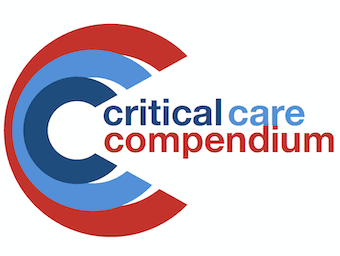
Vascular Gas Embolism
Vascular gas embolism (VGE) is the entrainment of air (or exogenously delivered gas) from a communication with the environment into the venous or arterial vasculature, producing systemic effects.
The LITFL Critical Care Compendium is a comprehensive collection of pages concisely covering the core topics and controversies of critical care.

Vascular gas embolism (VGE) is the entrainment of air (or exogenously delivered gas) from a communication with the environment into the venous or arterial vasculature, producing systemic effects.

Severe Heart Failure Management

Right ventricular infarction. Suspect in all patients with inferior STEMI

Medication error occurs when a medication given inappropriately regardless of whether an adverse clinical outcome occurs; drug error incidence = 1/135 anaesthesia; can cause significant harm to patients; need to recognise and adopt techniques to minimise such events

Approach to Fire in ICU has 3 key goals: protect patients and staff; manage fire hazard; identify cause and prevention

Physiotherapists are part of the multidisciplinary ICU team. The traditional focus of treatment has been the respiratory management of both intubated and spontaneously breathing patients. Evidence of the longstanding physical impairment suffered by survivors of intensive care has resulted in physiotherapists re-evaluating treatment priorities to include exercise rehabilitation as a part of standard clinical practice

The Intensive Care Unit (ICU) ward round consists of scheduled discussions in which healthcare providers review clinical information and develop care plans for critically ill patients

Preload = initial myocardial fibre length prior to contraction; determined by anything that effects ventricular volume at the end of diastole

Pericarditis = inflammation in the pericardium

Features that distinguish Pulmonary Embolus from Right Ventricular Infarction

Pericardial disease

Syncope is transient, self-limited loss of consciousness with an inability to maintain postural tone that is followed by spontaneous recovery. Such an event without loss of consciousness is often termed “presyncope”. Underlying cause is often not found in the emergency department (~50%)